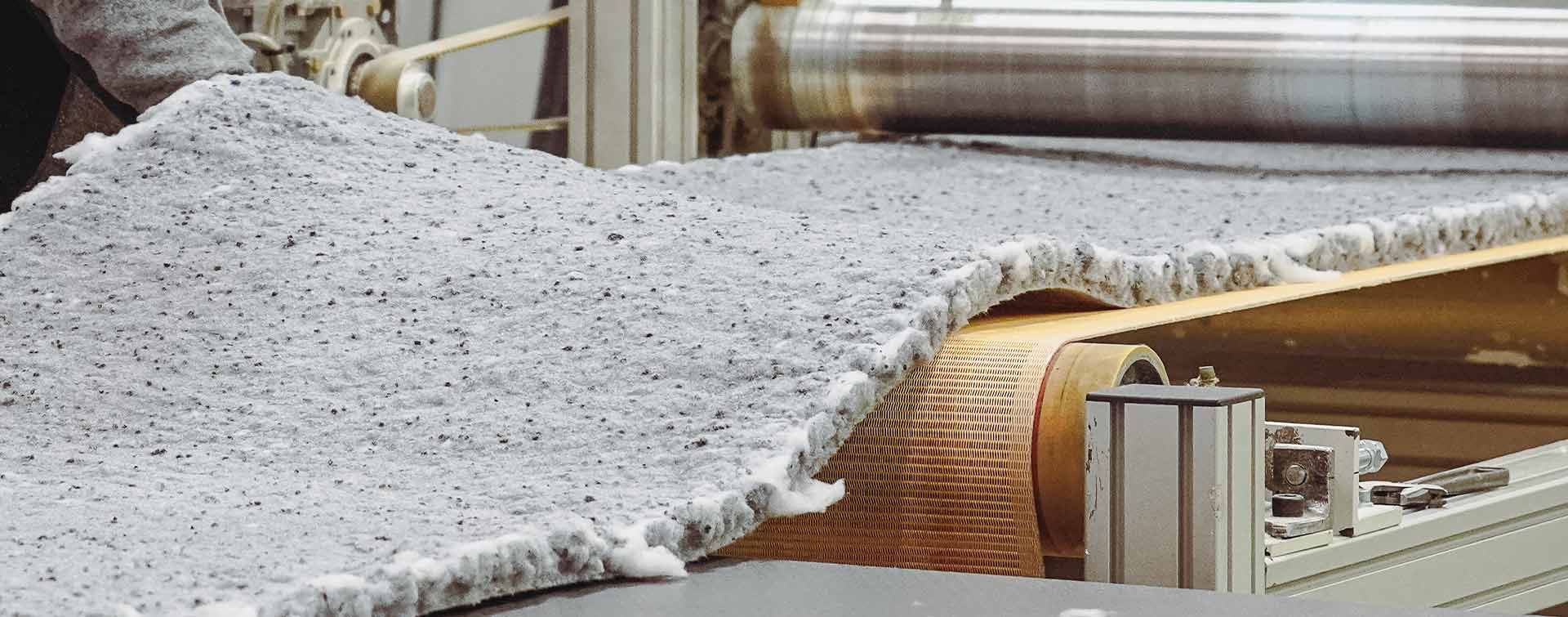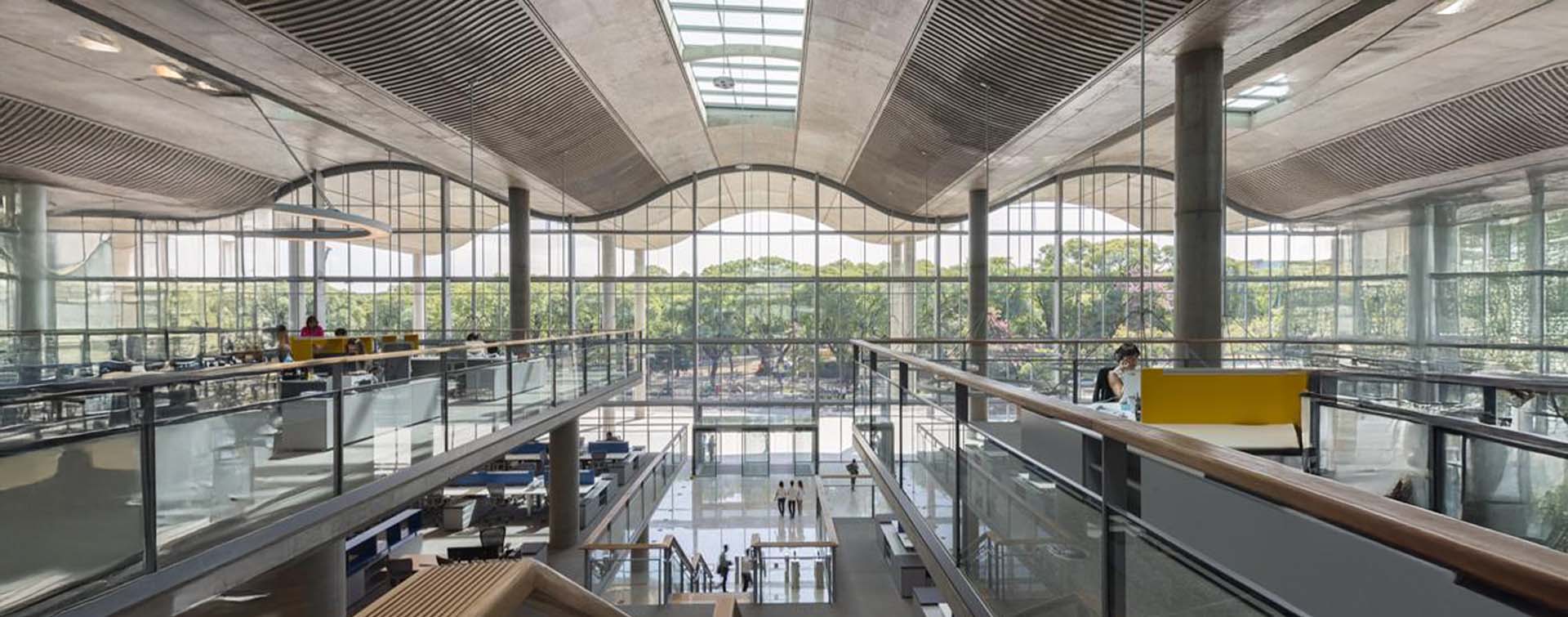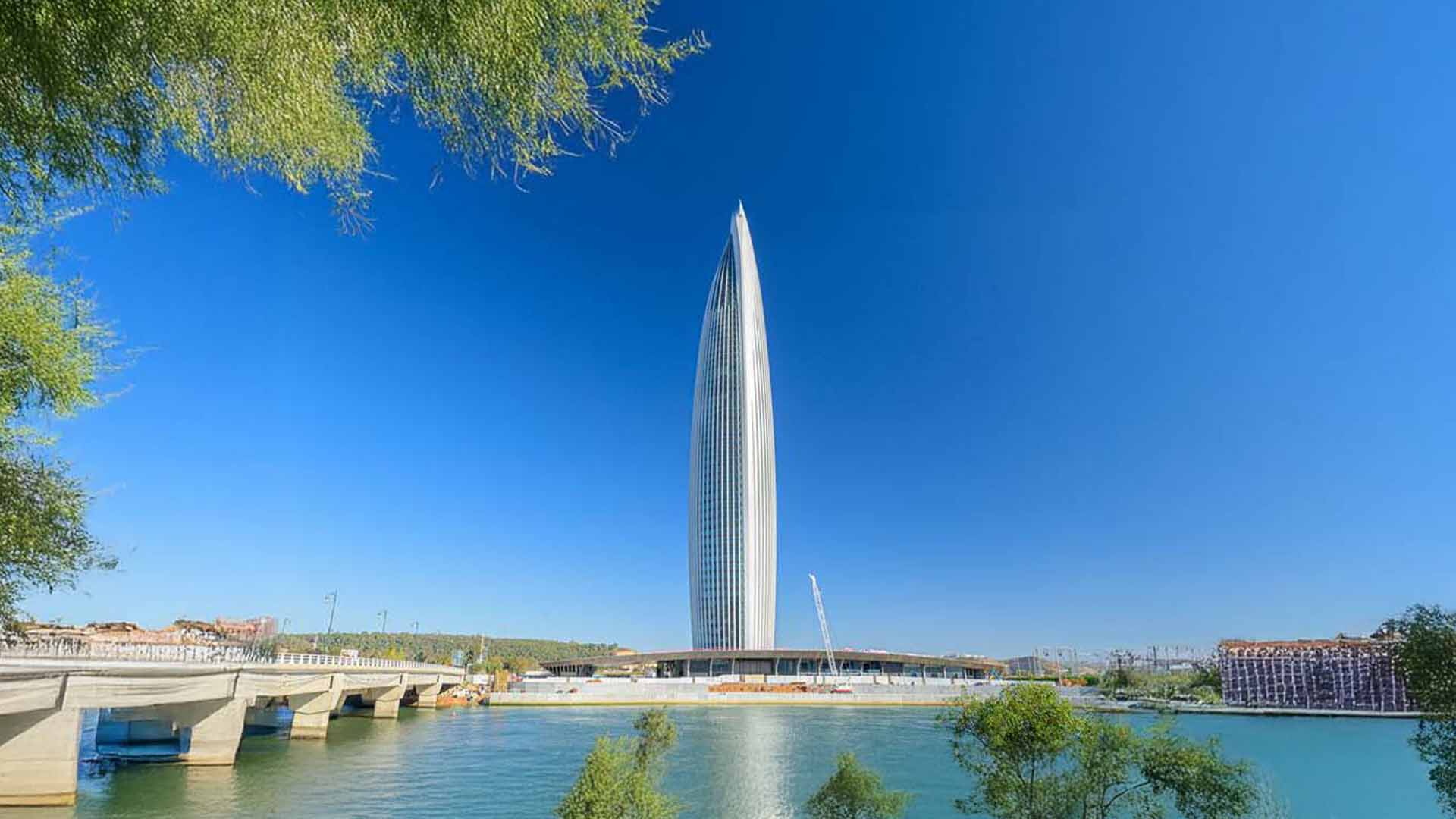 7 min
7 min
A standard makes it possible to define and/or measure a set of performances regarding the design and development of products and services. The purpose of standardization is to encourage the actors in a profession to comply with set performance targets. In a sector like construction, which involves many different players, norms help move a whole profession forward fairly and coherently, establishing a common language and rules of the game.
A powerful lever of influence in international relationships
Whether it involves reducing greenhouse gases, using finite resources or managing waste, norms help everyone reach the objectives set by regulations, often within tight timeframes (cf. boxed text). They arise from a consensus between actors keen to harmonize the rules of the game in a given sector of activity. While these actors represent a minority of those involved in the sector, they are highly motivated to act as leaders in implementing best practices and to demonstrate that it is possible to do better and act differently. At the same time, they send a signal to politicians, encouraging them to raise the level of regulatory requirements. For instance, this was the case in France with the Effinergie label in the field of thermal performance, or in the United States with the LEED (Leadership in Energy and Environmental Design) norms for eco-friendly building design.
Interview with Peter Templeton, President and CEO U.S. Green Building Council
Reflecting political wills expressed on different levels (global, regional, national…), standards prove to be a powerful lever of influence in international balances of power. Complying with them is a real competitiveness issue for companies.
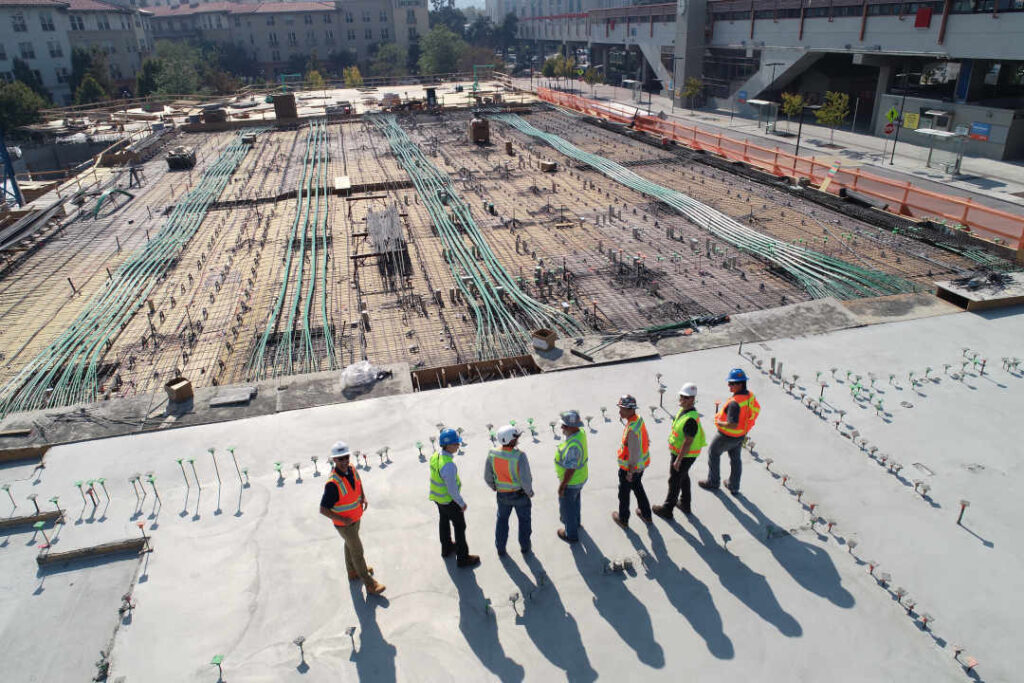
Offering the same frame of reference for all
Over time, the world of construction has seen a proliferation of international (ISO), European (EN), and national — even infranational — standards. Today, several thousands of them set guidelines for the profession. There are over 1,500 international standards (I-Codes) drawn up by international standardization bodies with the support of the International Code Council. This number continues to rise in step with the progress made by the building sector in terms of sustainable and environmentally friendly practices. However, these standards must be sustainable and easy to understand, so that professionals perceive them not as constraints, but as real levers for development.
Over 1500 international standards cover the different domains of the building industry.
At the cost of such a profusion, one of the great merits of standardization is encouraging people today to consider the life cycle of a structure and its different impacts, from its design, through its construction, operation and renovation, to its end of life. Another contribution it makes is to cause the profession to view a project, whatever it may be, in its complexity through a systemic approach. This takes into account different aspects, such as the interoperability between those in charge of the building’s engineering and that of the implemented information systems, modeling the building’s life cycle, designing it using a collaborative approach…
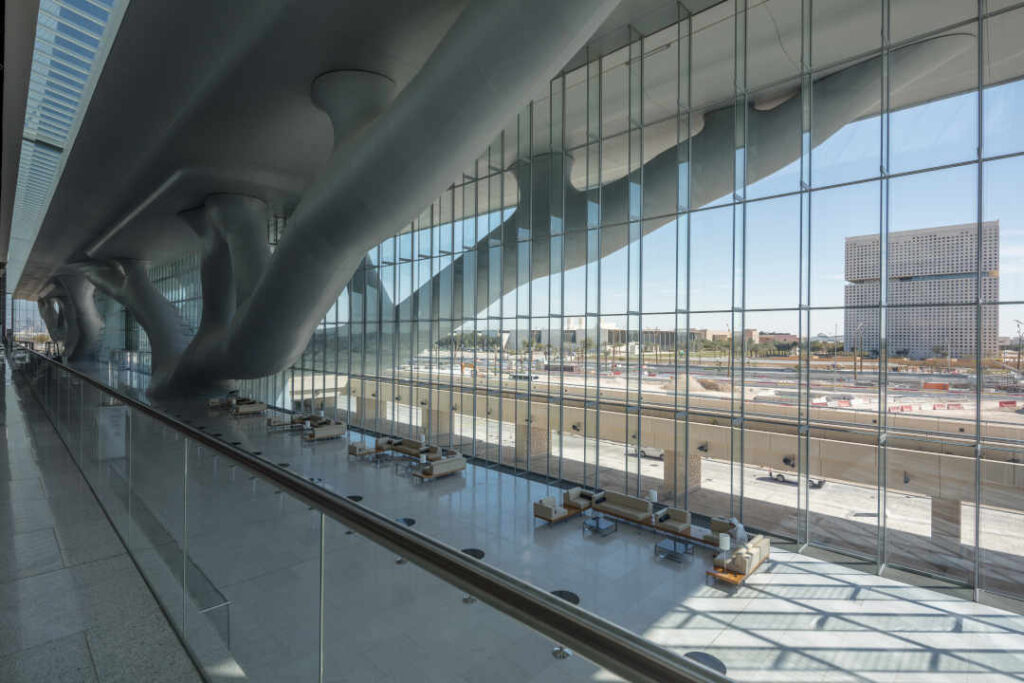
The extension to Oslo’s international airport (Norway) in 2017 is an example of the key role that interoperability standards play in a project. By imposing the use of the digital model on all those involved in the project and demanding that deliverables be submitted in IFC (Industry Foundation Classes) format, the contracting authority avoided wasting thousands of hours’ work manually converting over two million single items such as doors, walls, sprinklers, lights… Another example: a universal collaborative program such as Open BIM relies on open work processes and norms to improve buildings’ design, construction and use.
Standardized renovation?
Standardization is becoming increasingly specialized in terms of requirements for areas such as decarbonization, energy transition and use of materials. On a tried-and-tested foundation of generic ISO or EN standards, an edifice has gradually been built of specific norms, which are often competing against each other as they are largely inspired by national regulations. This is true of the British BREEAM (Building Research Establishment Environmental Assessment Method) and the American LEED (Leadership in Energy and Environmental Design) standards, which both concern construction’s environmental impact, and the French HQE (Haute Qualité environnementale) norm, which is more user-focused and includes project management.
The most significant change of direction in standardization is undoubtedly linked to the rise in renovation. 80 to 90% of buildings that will certainly be still in operation in 2050 have already been constructed. As a result, renovation is becoming a major issue at stake, both in terms of saving materials and getting people out of fuel poverty. In this respect, we are thus seeing the emergence of a regulatory framework that sets — particularly in a rental context — minimal requirements for renovation, aiming to fight heat-leaking structures, for instance.
This is the case with the latest European directive on the energy performance of buildings, adopted in April 2024, which aims to reduce energy bills and greenhouse gas emissions. It requires primary energy consumption in buildings to be reduced by 16% by 2030 and by 20/22% by 2035, in particular by phasing out the use of fossil fuels to heat buildings and restoring the worst-performing buildings.
However, when it comes to reusing materials, the normative gap remains an impediment, as the current standards generally only concern new products. This obstacle to initiatives by stakeholders in the profession — confronted, for example, with questions of responsibility in the event of a quality problem — should soon be removed thanks to new CE marking applicable to materials for reuse.

Different labels demonstrate builders’ efforts concerning the use of bio-based materials (Biosourcé), low-carbon (BBCA), very low energy consumption (Passivhaus), or even positive energy (BEPOS+ BBC effinergie 2017) buildings, along with operators’ endeavors regarding quality of living environment, comfort, health and use (Osmoz, WELL), or building connectivity (R2S, WiredScore).
What are the rules of the game for the future?
In light of the issues at stake for sustainable construction, we are currently witnessing many standards and rules being updated or created. The profession will have to assimilate all these regulations, with a view to ensuring that the efforts made to this end are profitable, which could take one or two decades. For, in this long-cycle activity, stakeholders need the normative framework to remain relatively stable in order to invest, for example, in skills training for tomorrow.
Standardization, regulations, certification, labeling…Standards
There are two types:
- regulatory, arising from regulations particularly associated with environmental quality, with which it is compulsory to comply;
- voluntary (the most numerous), which are the result of an agreement between the professionals in a sector to define common characteristics or criteria for their products/services.
And two categories:
- “vertical”, which apply to a product (an insulating material, glazing…);
- “horizontal”, which cover an area of application (acoustics, fire resistance…).
Regulations
Imposed by law, they apply to any type of construction: apartments, houses (single-family or grouped), new programs, renovations… Regulations cover a broad scope, but certain themes are more defined, such as thermal insulation or soundproofing/acoustics, ventilation, accessibility, particularly for people with reduced mobility…
Certificates
They are the result of a voluntary approach by which the professional undertakes to follow specifications stipulating the measures to be taken to obtain a compliant result of higher quality than the regulatory requirements.
Labels
In a specific area (materials, energy performance, carbon footprint…), they recognize that performance levels superior to the regulations have been reached. A distinction is made between:
- labels awarded by certifying bodies, which can be equivalent to certification due to their monitoring procedures;
- labels complying with a charter, with no third-party monitoring.
Photo credits: © Zacon Studio/AdobeStock, © scott-blake/unsplash, © B.O'Kane/Alamy, © Panther Media/Alamy






